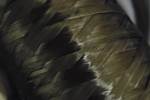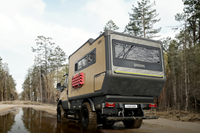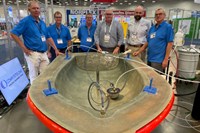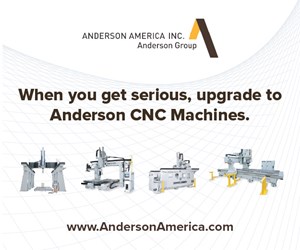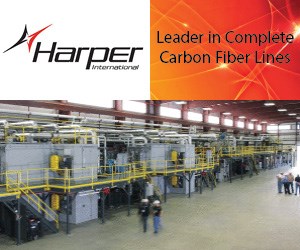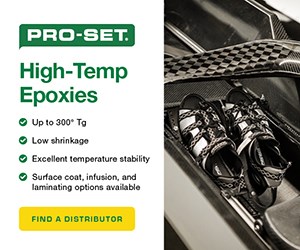DUNA introduces Corafoam tooling board product line
The 2-Ib polyurethane Corafoam HPT-35 makes for efficient production of prototypes, is non-toxic and can be applied to composite layup tooling.
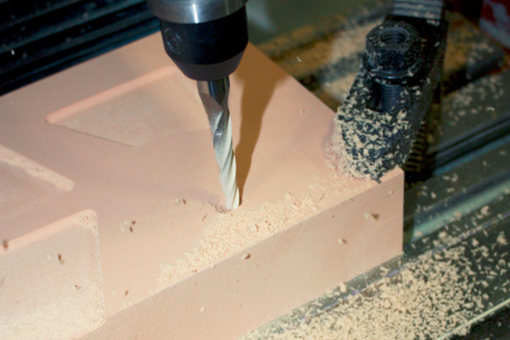
Source | DUNA-USA
DUNA-USA (Baytown, Texas, U.S.) introduces the addition of its new polyurethane Corafoam tooling board product line, Corafoam HPT-35 2lb/ft³. It is available in blocks up to 29.5" x 48" x 96" and is said to be a dust-free formulation.
According to DUNA, HPT-35 is a good alternative to EPS/Polystyrene for large tools, props or as a base for tooling paste. Because it is compatible with almost any type of coating, the company says tooling paste can be applied directly to it, eliminating days of extra labor required for sealing EPS prior to tooling paste application. Further, Corafoam HPT-35 is non-toxic, and can be fabricated with anything that can cut wood.
The company also contends that its Coraform polyurethane tooling board makes for efficient production of prototypes, as the product can be machine far faster than hard or metallic tooling options. Moreover, it is said to be much easier to accommodate late-stage design changes by simply bonding in a new piece of tooling board. Tooling board applications can include composite layup tooling, pattern making, check fixtures, tool proofing, visual display prototypes and more.
With the completion of DUNA’s plant expansion and installation of two additional product lines, the company has also increased the maximum sheet size available for 10-lb, 15-lb and 20-lb/ft³ Corafoam. Corafoam 10Ib is offered up to 18" x 48" x 96", Corafoam 15lb up to 12" x 48" x 96" or 9" x 60" x 120" and Corafoam 20Ib up to 12" x 48" x 96" or 8" x 60" x 120". Overall, DUNA says the increased sheet size reduces bonding and labor time and eliminate bond lines with larger sheets and blocks.
Related Content
-
Materials & Processes: Resin matrices for composites
The matrix binds the fiber reinforcement, gives the composite component its shape and determines its surface quality. A composite matrix may be a polymer, ceramic, metal or carbon. Here’s a guide to selection.
-
The potential for thermoplastic composite nacelles
Collins Aerospace draws on global team, decades of experience to demonstrate large, curved AFP and welded structures for the next generation of aircraft.
-
Demonstrating composite LH2 tanks for commercial aircraft
Toray Advanced Composites and NLR discuss the Netherlands consortium and its 4-year project to build demonstrator liquid hydrogen tanks, focusing on thermoset and thermoplastic composites.



